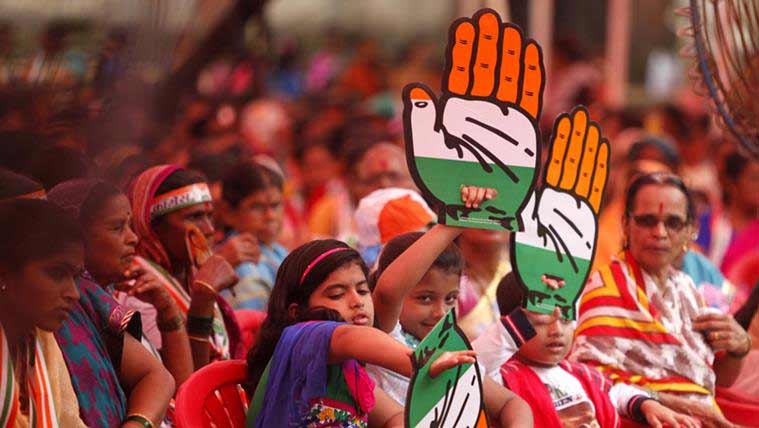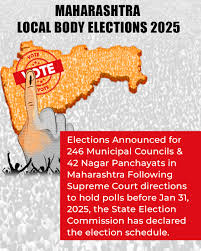
The Congress party, which was once a dominant political force in India, has lost significant ground over the years, with a decline in the number of states where it currently holds the position of Chief Minister.
As soon as the result came on Thursday it became clear – there is no hope for the Congress in Tripura, Meghalaya and Nagaland.
In Nagaland, the Congress was zero, it remained zero. In Tripura, it came down from 0 to 3. In Meghalaya, it fell from 21 to 5. At the same time, Modi’s BJP is going to form a coalition government in Tripura on the basis of majority, while in the remaining two states.
There are a total of 4033 MLAs in the country, out of which Congress has 658 left. In the last eight years, the number of Congress MLAs has come down from 8% to 24%.
In five states, the party has no MLAs left. At the same time, 16 states have less than 9 MLAs.
However, it is also worth noting that the political landscape in India has undergone significant changes since independence, with the emergence of new regional parties and the rise of the Bhartiya Janata Party (BJP) as a major national force. The decline of the Congress party could be seen as a reflection of these larger trends in Indian politics.
Despite these challenges, the Congress party still has a significant presence in Indian politics, with a sizable vote share in many states. The party will likely continue to play a role in shaping the political discourse in India, even as it faces increasing competition from other parties.
Having a small number of MLAs can limit a party’s ability to influence policy and make its voice heard in the legislative process. It can also affect the party’s overall national performance and its chances of forming a government or participating in a coalition government. The Congress party may need to evaluate its strategies and work to improve its performance in these states in order to remain competitive in Indian politics.




